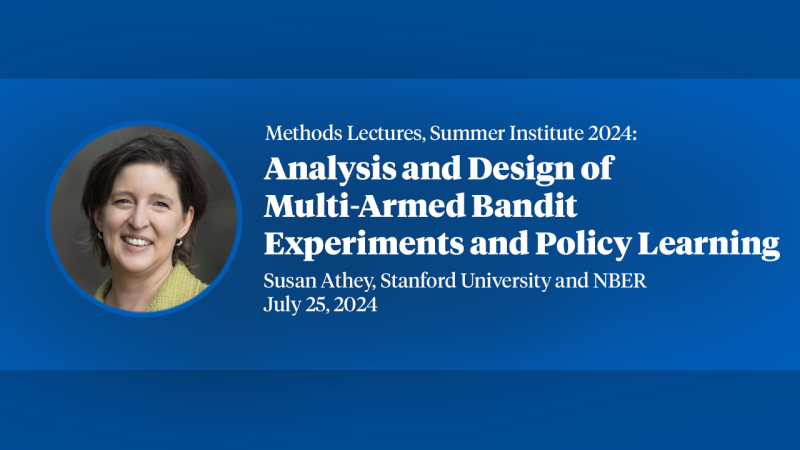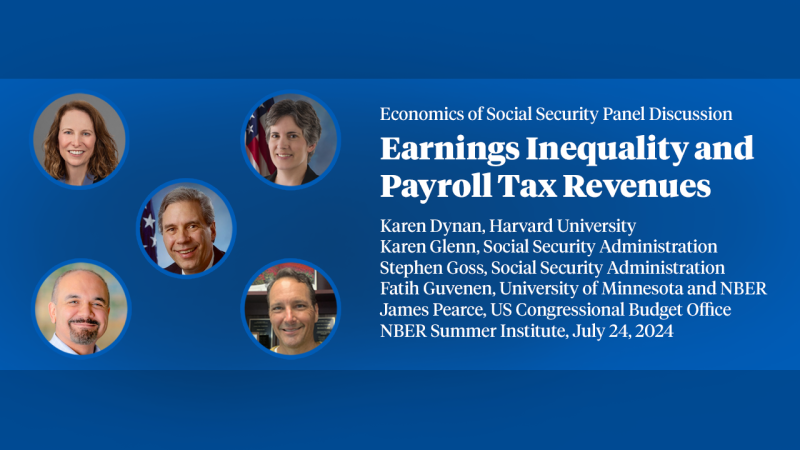Welfare Impacts of Climate Risk Classification
Insured losses from natural disasters are rising, prompting insurers to adopt increasingly sophisticated approaches to modeling and classifying this catastrophe risk. We study the efficiency and equity implications of catastrophe risk classification in property insurance markets. In a theoretical model, insurers segment households by hazard exposure to support more granular risk pricing. We show how aligning premiums with expected losses can strengthen incentives to invest in cost effective risk mitigation. At the same time, more granular risk information exposes households to classification risk. Depending on the nature of the correlation between risk exposure and wealth, risk classification can exacerbate or mitigate preexisting wealth inequality. We investigate these efficiency and distributional implications empirically using data from California’s homeowners insurance market. Focusing on wildfire risk, we document the extent to which more granular risk classification, and an associated mean preserving increase in pricing granularity, increases insurance costs for properties in the right tail of the hazard distribution. While more granular risk classification strengthens incentives for private investments in wildfire risk mitigation in high risk areas, calibrated investment cost estimates suggest limited behavioral response. We further show that wildfire risk is negatively correlated with household income in California. This implies that more granular risk classification shifts more insurance costs onto lower income households. Our findings highlight trade-offs between efficiency and equity in catastrophe insurance pricing and inform the policy conversation around the use of catastrophe models in insurance pricing.


